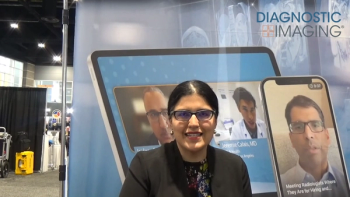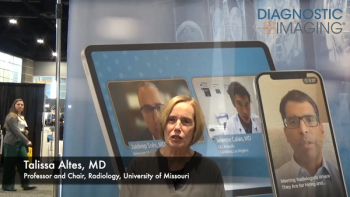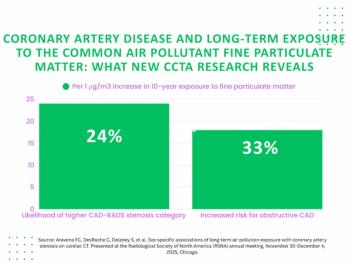
Tomosynthesis After Screening Mammography May Reduce Recall Rates
Fewer ultrasounds and biopsies were seen for women referred for breast tomosynthesis after recall for focal asymmetric density following screening mammography.
Performing breast tomosynthesis among women recalled for focal asymmetric density after a screening mammography results in fewer ultrasounds, fewer biopsies and higher positive predictive value (PPV) for cancer, according to a study presented today at the 2014 ARRS Annual Meeting in San Diego, Calif.
“Tomosynthesis has been evaluated in screening populations and been shown to decrease recall rates, but studies in the diagnostic setting are lacking,” researcher Brandi Nicholson said in a release.
To address this issue, researchers from the University of Virginia in Charlottesville compared tomosynthesis to 2D diagnostic imaging for 532 women recalled for a focal asymmetric density (FAD) at screening. The researchers retrospectively reviewed patients who had been recalled from screening for both one and two view FAD in three groups: 238 in the pre-tomo group (PT) from July to October 2011, 145 in a no-tomo (NT) and 149 in a yes-tomo (YT) group from April to July 2012 imaged and interpreted at their institution. Tomo imaging was dual acquisition.
The findings showed that ultrasounds were performed significantly less often in the YT group than in both the PT group and the NT group. However the number of ultrasounds was similar for the PT and NT groups. In addition, the researchers found that the PPV was increased in the YT group, compared with both the PT and NT groups.
Newsletter
Stay at the forefront of radiology with the Diagnostic Imaging newsletter, delivering the latest news, clinical insights, and imaging advancements for today’s radiologists.




























